Chiltepin peppers (Capsicum annuum var. glabriusculum), also known as "bird's eye" chilies, are small, round, wild chili peppers native to the southwestern United States and northern Mexico. With a Scoville Heat Unit (SHU) range of 50,000 to 100,000, they're significantly hotter than jalapeños but milder than habaneros. These peppers are prized for their complex flavor profile, featuring earthy, smoky, and slightly fruity notes alongside intense heat. This comprehensive guide covers everything you need to know about growing, cooking with, and buying chiltepin peppers based on expert horticultural knowledge.
Table of Contents
- What is the Chiltepin Pepper?
- Why Grow Chiltepin Peppers?
- How to Grow Chiltepin Peppers: Expert Guide
- Cooking with Chiltepin Peppers
- Buying Guide: Where to Find Chiltepin Plants
- Frequently Asked Questions
- Final Thoughts
What is the Chiltepin Pepper?
The chiltepin pepper (Capsicum annuum var. glabriusculum) is the only wild chili pepper native to the United States. It's a small, round pepper typically 1/4 inch in diameter, turning bright red when ripe. Native to arid regions of Arizona, New Mexico, Texas, and northern Mexico, it thrives in desert conditions and has been used by indigenous communities for centuries.
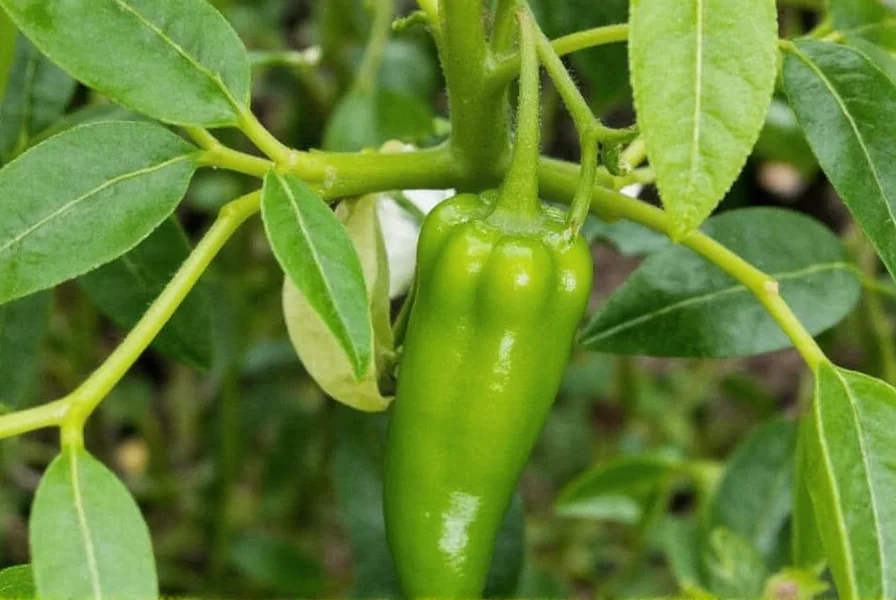
Unlike cultivated peppers, chiltepins grow as perennial shrubs in warm climates. Their heat level (50,000-100,000 SHU) is comparable to cayenne peppers but with more complex flavor notes. The pepper's name comes from the Nahuatl word "chīlli tepin," meaning "small chili pepper."
Why Grow Chiltepin Peppers?
Adding chiltepin peppers to your garden offers unique benefits beyond just heat:
- Natural Pest Resistance: The capsaicin in chiltepins deters common garden pests without chemical treatments.
- Drought Tolerance: Thrives in low-water environments with deep root systems adapted to desert conditions.
- Perennial Growth: In USDA zones 9-11, it returns year after year with minimal care.
- Bird-Friendly: Birds eat the berries and spread seeds naturally, supporting local ecosystems.
- Ornamental Value: Glossy green leaves and vibrant red berries create striking visual contrast in gardens.
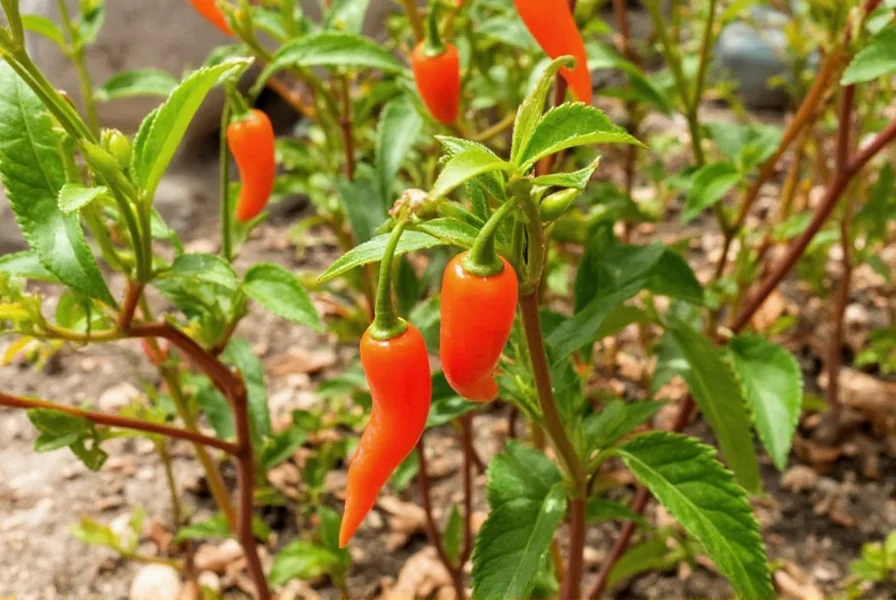
How to Grow Chiltepin Peppers: Expert Guide
Chiltepin peppers are surprisingly easy to grow once you understand their specific needs. Follow these expert steps for success:
Step 1: Choose the Right Location
Plant in full sun (6+ hours daily) with well-draining soil. Protect from strong winds in coastal areas. In colder climates, grow in containers that can be moved indoors during frost.
Step 2: Soil Requirements
| Soil Type | pH Range | Notes |
|---|---|---|
| Sandy Loam | 6.0–7.5 | Best for drainage |
| Chef Mix (Potting Soil) | 6.2–6.8 | Ideal for containers |
| Native Clay (with amendments) | 6.0–7.0 | Add compost to improve texture |
Step 3: Watering Wisdom
Water deeply but infrequently. Once established, water every 2-3 weeks. Overwatering causes root rot—check soil moisture by inserting finger 1 inch deep; only water when dry.
Step 4: Fertilizing Tips
Use balanced organic fertilizer (10-10-10) once in early spring and again mid-summer. Avoid high-nitrogen fertilizers that promote leaf growth over fruit production.
Step 5: Pruning & Harvesting
Prune lightly in early spring to remove dead branches. Harvest when peppers turn bright red—use gloves to avoid skin irritation. Peppers won't ripen further off the plant.
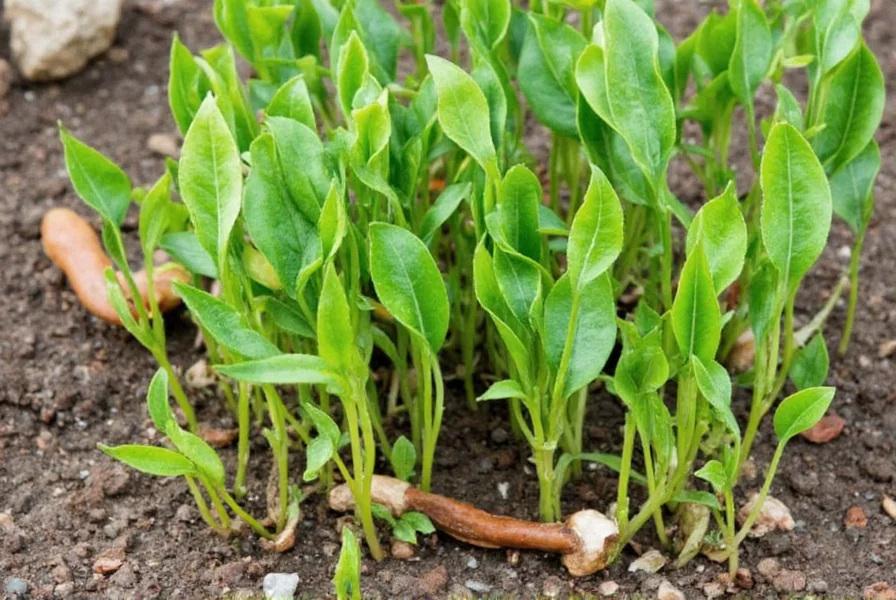
Cooking with Chiltepin Peppers
These tiny peppers pack serious flavor. Here's how to use them safely and creatively:
- Salsas: Finely chop 1-2 peppers for authentic Mexican salsas. Remove seeds for milder heat.
- Dried Peppers: String and dry for 2 weeks, then grind into spice blends for meats or soups.
- Pickling: Preserve in vinegar with garlic and cumin for zesty condiments.
- Infused Oils: Steep whole peppers in olive oil for 2 weeks for a fiery drizzle.
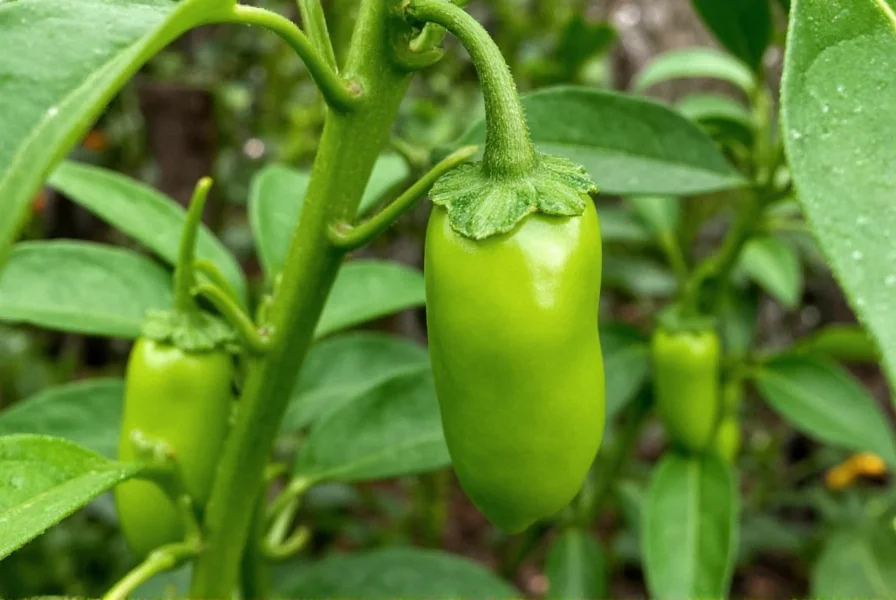
Pro Tip: Heat Control
For maximum heat, leave seeds and membranes intact. For moderate heat, remove seeds before chopping. Always wash hands thoroughly after handling—never touch eyes!
Buying Guide: Where to Find Chiltepin Plants
Choose the right product based on your experience level and goals:
| Product Type | Features | Pros | Cons | Best For |
|---|---|---|---|---|
| Live Plants | Mature or young plants in pots | Easier establishment, faster results | More expensive than seeds | Beginners or impatient growers |
| Seeds | From reputable suppliers or saved from dried peppers | Cheap, wide variety | Longer germination time | Experienced gardeners |
| Organic Seeds | No chemicals used in production | Healthy plants, eco-friendly | Higher cost | Organic enthusiasts |
| Hybrid Varieties | Selected for specific traits like size or heat level | Customizable experience | May not produce true-to-type offspring | Experimenters and chefs |
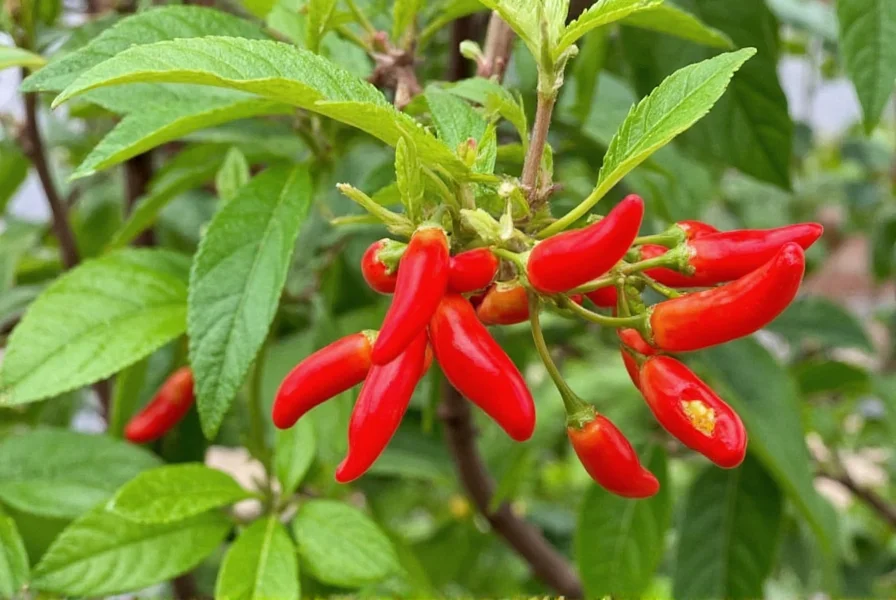
Where to Buy
- Local Nurseries: Best for seeing live plants in person and getting regional advice.
- Online Retailers: Offers wider selection and delivery options (e.g., Amazon, specialty seed companies).
- Farmers Markets: Often sell locally adapted varieties with proven success in your climate.
Frequently Asked Questions
Can I grow chiltepin peppers indoors?
Yes! Use a south-facing window or grow lights (12-16 hours daily) in containers with drainage holes. Supplemental lighting is essential for fruit production in low-light conditions.
How hot are chiltepin peppers compared to other common peppers?
Chiltepin peppers range from 50,000 to 100,000 Scoville Heat Units (SHU). They're significantly hotter than jalapeños (2,500-8,000 SHU) but milder than habaneros (100,000-350,000 SHU). Their heat is comparable to cayenne peppers (30,000-50,000 SHU) but with more complex flavor notes.
Are birds affected by the spiciness of chiltepin peppers?
No. Birds lack TRPV1 pain receptors that detect capsaicin in mammals. This is why they're nature's primary seed dispersers for wild chiltepin plants—eating the berries without discomfort.
Are chiltepin peppers safe to eat for most people?
Yes, in moderation. The extreme heat can cause discomfort for those with sensitive digestive systems. Always wear gloves when handling, and avoid touching your face. If you experience severe burning, consume dairy products like milk or yogurt to neutralize capsaicin.
Is the chiltepin pepper legal to grow?
In most regions, yes. However, check local regulations if you're unsure. Some protected natural areas restrict harvesting wild plants, but growing them in your garden is generally permitted throughout the United States and many other countries.
How long does it take for chiltepin peppers to mature?
90-120 days from transplanting or germination, depending on growing conditions. They typically begin flowering in late spring and produce ripe peppers from mid-summer through fall. In ideal conditions, a mature plant can produce peppers for several months.
What's the best way to preserve harvested chiltepin peppers?
Chiltepin peppers can be preserved through several methods: drying (string them on a thread and hang in a warm, dry place), freezing (whole peppers freeze well for 6-12 months), or pickling (in vinegar with spices for 2-3 weeks). Dried chiltepins retain their flavor for up to a year when stored in airtight containers away from light.
Final Thoughts
Whether you're a home gardener or culinary enthusiast, chiltepin peppers offer a unique blend of intense heat, complex flavor, and low-maintenance growth. With proper care, this resilient plant can become a staple in your garden and kitchen. Embrace the heat and discover why these tiny peppers have been cherished for centuries!
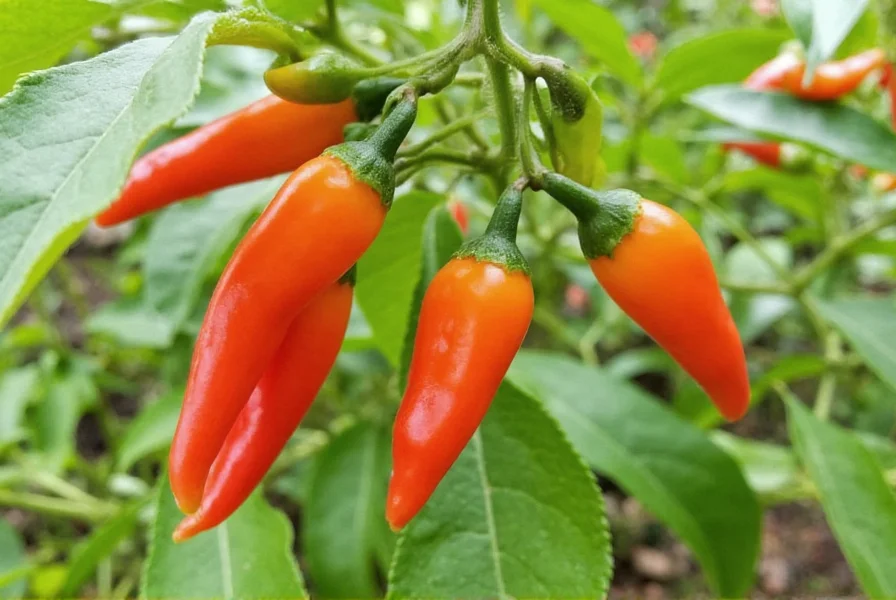

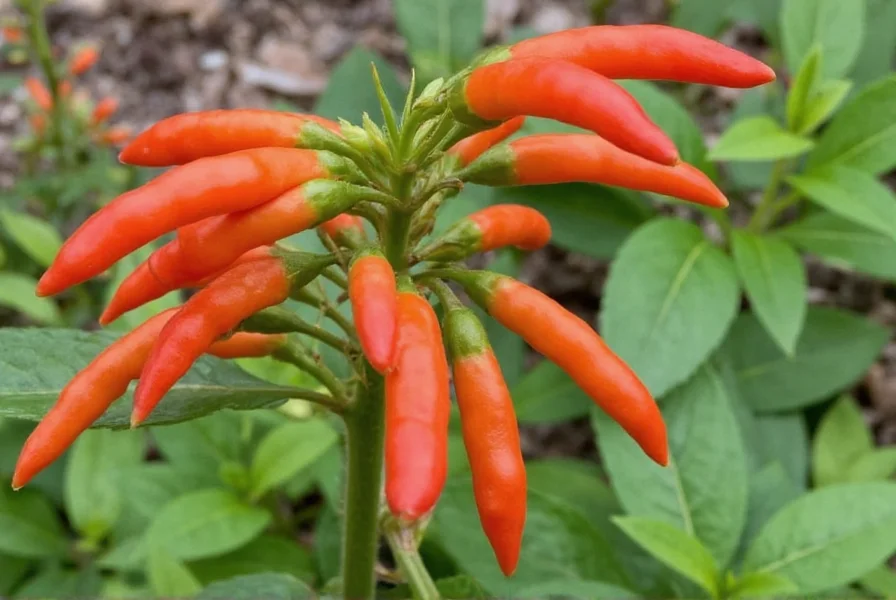









 浙公网安备
33010002000092号
浙公网安备
33010002000092号 浙B2-20120091-4
浙B2-20120091-4